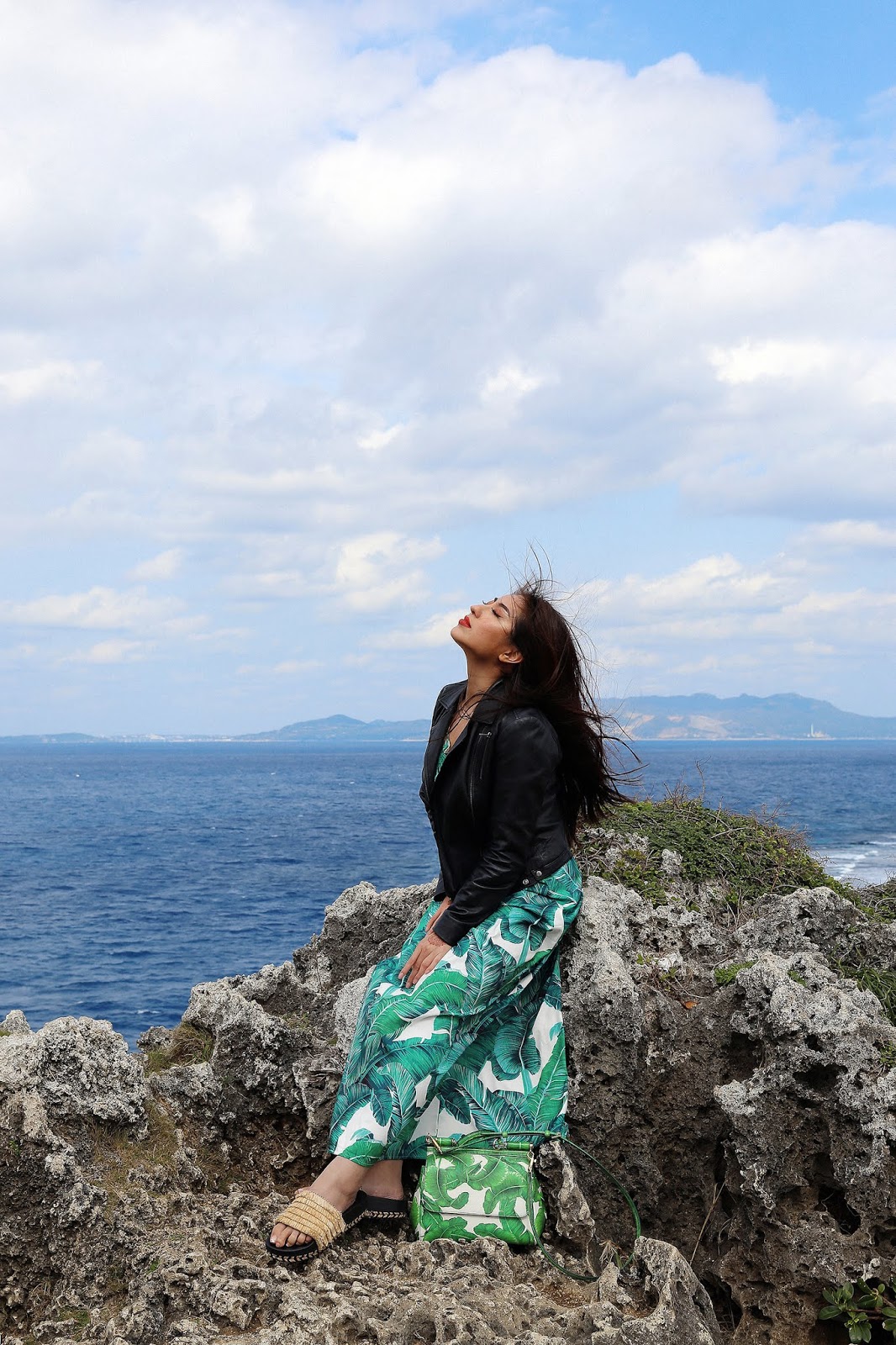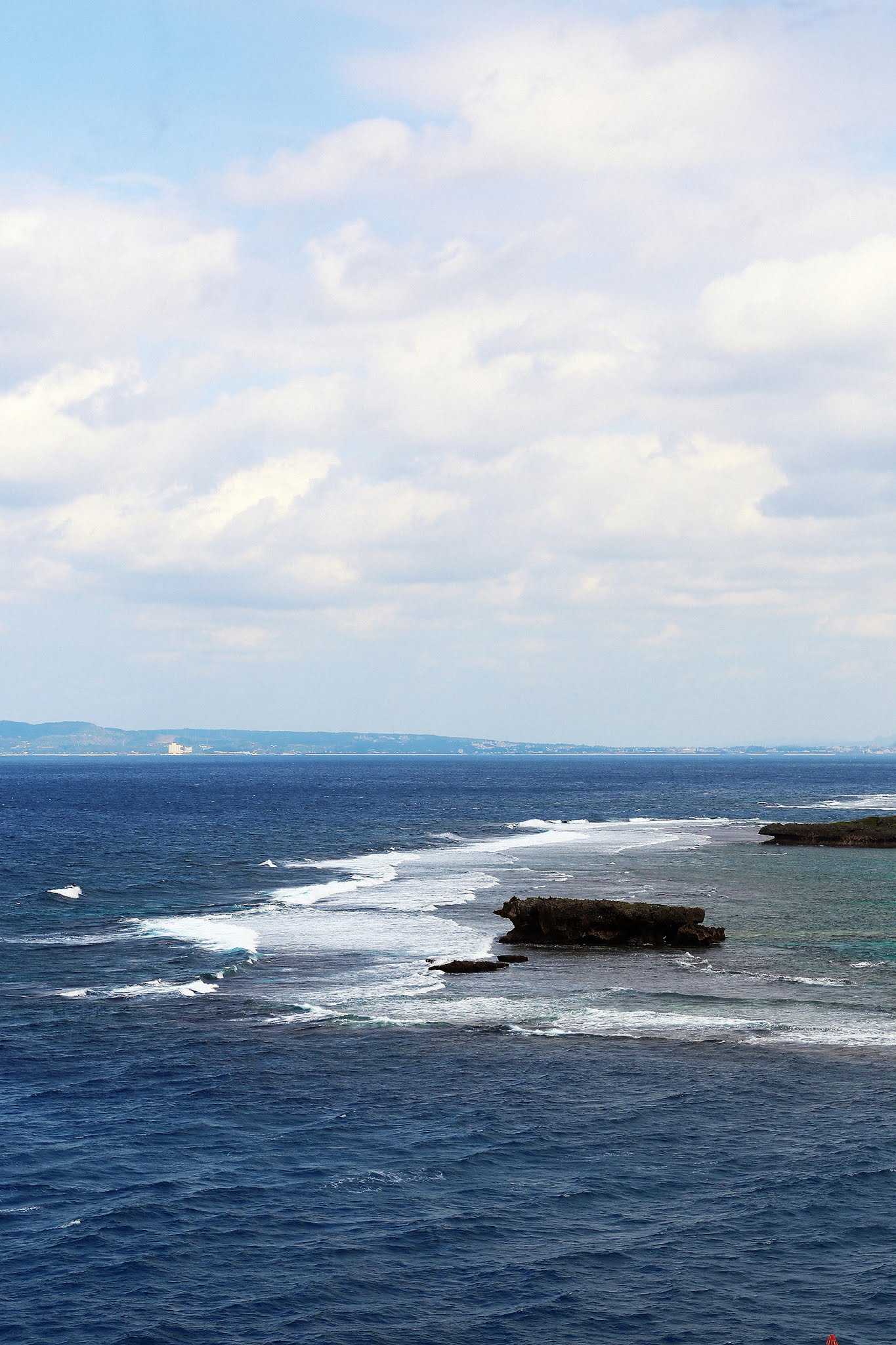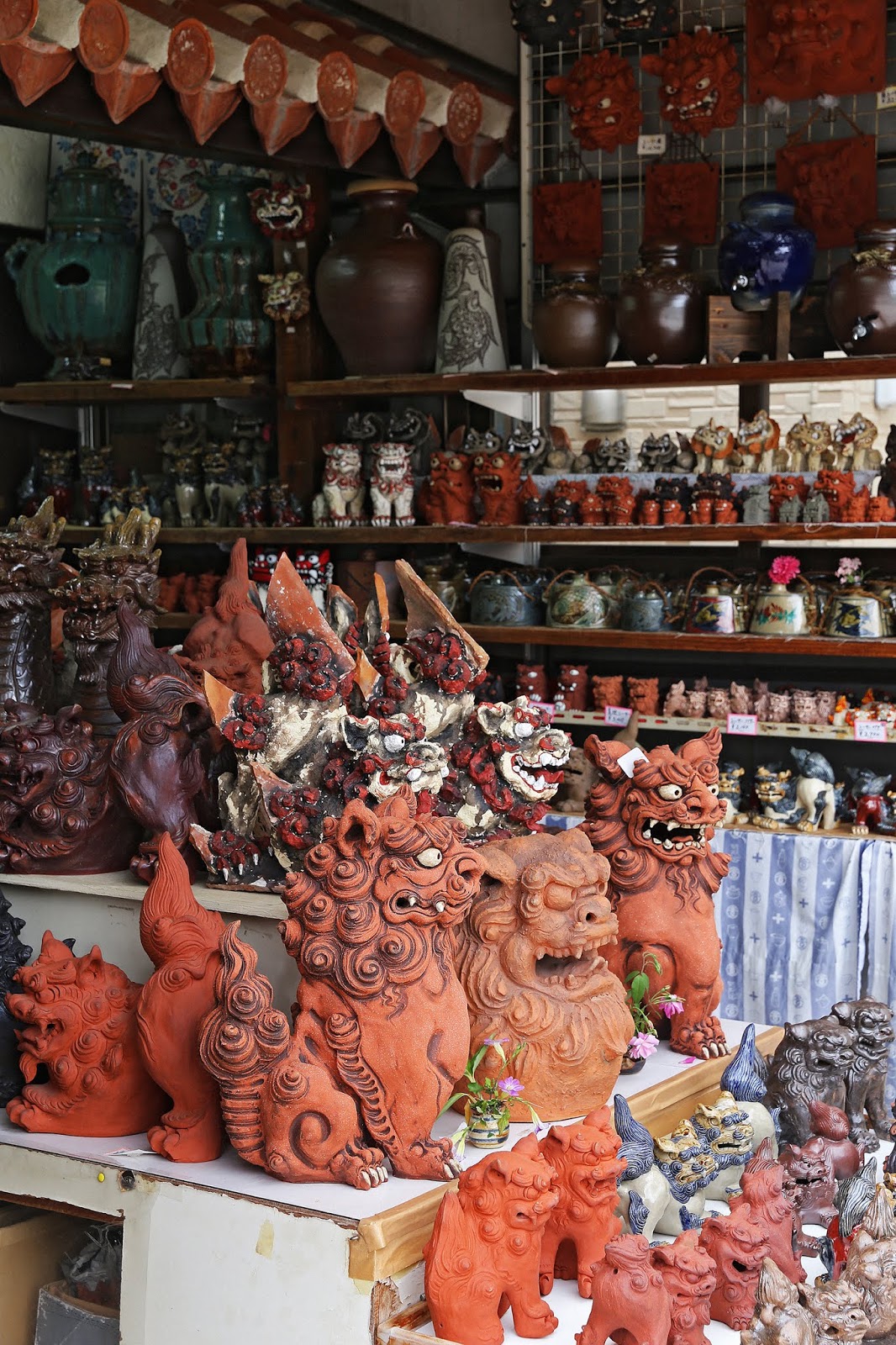Japan, Unexpected: With Tropical Climates, Cherry Blossoms in Winter, and a Distinct Culture to the Rest of Japan, The Island of OKINAWA is a World of Its Own
The “Hawaii of Japan” has long been a exotic destination even to the Japanese: an all-year-round holiday spot for big spenders in luxury resorts, intrepid nature lovers seeking ocean adventures, and families escaping for a more relaxed pace. Okinawa is the default destination for domestic sun, sea, and sand; but even so, it’s not very accessible to Japanese as domestic flights to the prefecture can be prohibitively expensive (indeed, it cost me less time and money to fly from Taipei than it did to fly to Kyoto). I visited Okinawa twice this year – once in February and once in March – and both times I was based in the capital, Naha; but I ventured slightly further that I may have a better understanding of this island’s history, landscape, and customs. I daresay you’ll find this Japan story a contrast to my others from Kyoto and Tokyo. Without further ado, let’s jump right in…
SHURI-JO
CAPE MANZAMO
CHURAUMI AQUARIUM
I was already in the area, so I made the trip to Churaumi Aquarium. Not because I’m especially fascinated with sea life (unless its served freshly sliced on my plate) but because Churaumi Aquarium – one of the largest in the world – had succeeded in raising whale sharks in captivity, a worldwide first. Watching the Kuroshio (the North Pacific equivalent to the Gulf Stream) marine life from behind soaring acrylic windows was interesting enough, but they were all instantly overshadowed when this whale shark swam by (below). Everyone was in awe at the size of this lad. Absolute unit.
OKINAWA PREFECTURAL PEACE MEMORIAL PARK & MUSEUM
As idyllic as life on Okinawa may seems, the island has suffered greatly in recent history. We all know how World War II was brought to an end, but less of us know the devastation in Japan that led up to it, which played out on Okinawa Island. The island was the site of one of the war’s bloodiest battles when US forces invaded and occupied the island in a bid to reach the capital. The Imperial Japanese Army fought to hold them there to prevent them from reaching Tokyo, prolonging the battle from April to June 1945. As a result, an estimated 200,000 people (including more than 100,000 civilians and 12,500 Americans) were killed in the battle.
HIMEYURI PEACE MUSEUM
TSUBOYA POTTERY STREET
The two times I stayed in Naha, the capital of Okinawa prefecture, I was right in the middle of the action. My hotel, Hyatt Regency Naha, was right at the start of one of the local attractions – Tsuboya Pottery Street. The neighbourhood, one of Naha’s cultural highlights, has been the centre of ceramic production from 1682, when Ryukyu kilns were consolidated here by royal decree. The main thoroughfare is a traditional street of classic old Okinawan houses and old-timey shops filled to the brim with the Ryukyu Kingdom’s best known craft. Okinawan ceramics spill out of these charmingly rustic shops and onto the street: shisa (lion-dog guardians placed on rooftops and at gates to protect homes and other spaces from evil spirits), containers for serving awamori (Okinawan liquor distilled from rice), and funerary urns. Tsuboya Pottery Street harkens back to a nearly-lost past. Fittingly, some places leave ceramics outdoors overnight without fear of vandalism or theft, harkening to more innocent times.
NUCHIGAFU
Take a detour off the beaten path and you’ll be rewarded with a hidden gem. Off the southern end of Tsuboya Pottery Street is an uphill path that leads to Nuchifagu. Formerly a historic Ryukyuan residence and Okinawan teahouse, Nuchifagu is now a cosy traditional restaurant surrounded by a charming garden on a hilltop. By day, Nuchifagu serves lunch and frothy buku-buku tea. Here, guests can make their own buku-buku – a traditional bubbling tea whose froth signifies “bubbling with joy” – that has been made since the time of the Ryukyu Kingdom. A lovely spot for afternoon tea. By night, Nuchifagu serves up exquisite Okinawan dinners. I had the great pleasure of enjoying a birthday dinner here; an elegant, beautifully-plated multi course dinner of both Okinawan and Japanese dishes. From seagrapes to sashimi, pork belly to wagyu beef, every course was as detailed and delicious as the last. An elegant, memorable experience; and certainly my favourite culinary moment in Okinawa.
FIRST MAKISHI PUBLIC MARKET
Another nearby attraction is First Makishi Public Market. Just off Kokusai-dōri (Naha’s main street) is the covered, arcade-like 2-storey market. Dubbed the “Kitchen of Naha”, Makishi Public Market boasts 150 stores that sell Okinawan products like seafood, meat, fruit & veg, condiments, and souvenirs. The first floor of the market is a profusion of colour, neon, and electricity; with tropical motifs that wouldn’t look out of place in the South Pacific. Indeed, from May to October “business casual” means kariyushi – colourful shirts adorned with Hawaii shirt-like print. The second floor is a food court of sorts. On any given day, the 1st floor is full of visitors sampling soft-serve ice-cream laced with hibiscus salt or loading up on Okinawan sweets. The more savvy buy fresh seafood here, and have it taken up to the 2nd floor where the food stalls there will it cook it for you. Pay attention to Market Day – around the 18th of every month – when many shops offer discounts and you may get to see a tuna cutting show.
Okinawa had thrilled me with her unexpected offerings, but the greatest of all was yet to come….
…I saw cherry blossoms in February.
Sighting cherry blossoms in the midst of winter came as a surprise given that they are traditionally associated with spring. What I didn’t realise was that the first of Japan’s sakura season begins first in Okinawa in January, moving North and ending in Hokkaido in May. It was also strange to see such intensely-coloured flowers compared to the pastel, nearly-white pink buds commonly associated with sakura season. I later learnt that the cherry blossom trees in Okinawa are a different species than mainland Japan. These cherry trees, which resemble plum blossoms, originated in southern China and Taiwan.
What made my unexpected sighting all the more special was learning that the visibility of the cherry blossoms in Okinawa is extremely limited compared to the rest of Japan. Okinawan cherry blossom make appearances only in specific places within Naha’s city limits: the most popular are Mt Yaedake in MotobuTown, Nakijin Castle in NakijinVillage, and Nago Central Park in NagoCity. To have spotted cherry blossoms on a highway, against a backdrop of tropical foliage, in one of the coldest months of the year, before sakura season began in the rest of Japan made the chance encounter all the more precious.
I will always be grateful for Okinawa for showing me the unexpected; from her unique culture and heritage to cherry blossoms in winter. For these reasons and more, I urge you to visit and see a side of Japan you may not know exists.
































